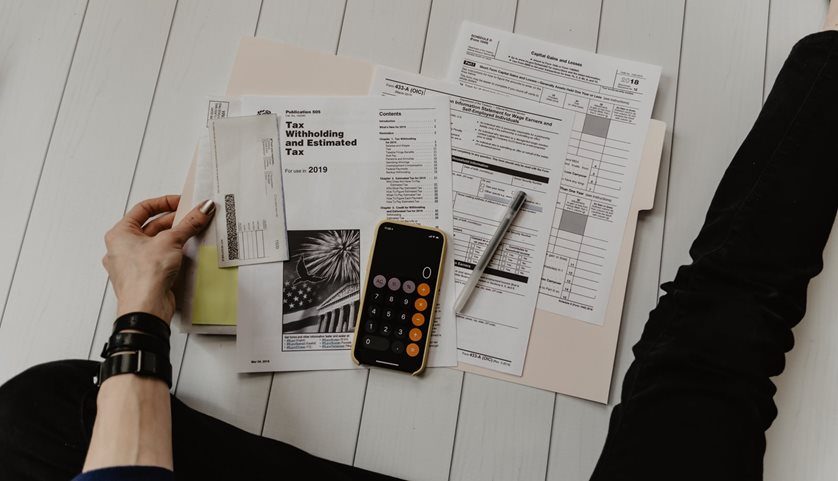Money Matters
Do you speak tax?
By Donnay Torr

Congratulations on your first payday! Now learn how to talk tax. (And give the tax man his money.)
Here's the main lingo you need to know:
Tax
So what is tax? This may come as a shock: when you start working your employer will hold back a portion of your wages or salary each week which they then send to the Australian Tax Office (ATO) as “tax”. Every Australian who works pays tax and it’s this money that funds government programs like roads hospitals transport healthcare welfare payments schools etc. Pretty much anything that the government does that you get for “free” is funded by the taxes we pay.
TFN
Your Tax File Number is a unique 9-digit number that the tax office other government departments and banks use to identify you. Your TFN is yours for life and will stay the same even if you change your name get married or move to a new state or city. You should never share your TFN with anyone. You can apply for a TFN from the ATO website here.
Once your application is complete you should receive your TFN within 28 days. You should get a TFN as soon as you intend to start working. If you start working without one the ATO will generally tax you at the highest tax rate of 47% on any income you earn.
Financial Year
A financial year is a year as reckoned for accounting or tax purposes. In Australia the financial year runs from 1 July to 30 June each year.
PAYG
A PAYG or Payment Summary is a document that shows the payments you received from your employer during the year and the amounts they withheld from you in a given financial year. You include this information on your tax return each year. They can be provided electronically or on paper or in the case of Single Touch Payroll sent directly to the ATO. Don't worry if you haven't got one from your employer - if you have an accountant they'll be able to get it from your ATO file for you.
Single-touch Payroll
Single Touch Payroll is a new system your employer can use to report your tax and super information to the ATO. It sends this information each time your employer pays you. If your employer is on Single Touch Payroll they won't give you a PAYG/ Payment Summary anymore because the ATO will already have the information. If you're unsure talk to your employer! And remember your accountant can get this summary for you so just ask them.
Tax-free threshold
The tax-free threshold is the total amount of money you can make and not be taxed on or get all your tax back. The tax-free threshold in Australia is $18 200. If your total income for the year is less than this amount then you’ll get all of the tax you paid during the year back at tax time.
Work-related
Work-related expenses you incur while doing your job such as cleaning your uniform or buying tools. Some of these expenses may be deductable from your taxable income.
Deduction
Expenses that can be deducted from your taxable income. Tax deductions help to increase the tax refund amount you get back from the ATO each year.
Medicare Levy
All taxpayers pay a Medicare Levy each year in addition to their tax which is 2% of your taxable income. If you do not have private hospital insurance and earn above $90 000 as a single person or $180 000 as a family in addition to the Medicare Levy you need to pay a Medicare levy surcharge (MLS). This is between 1% and 1.5% of your taxable income. But chances are you don’t have to worry about this yet!
Non-Lodgement Advice
If you’re a tax-paying citizen AND you earned $18 200 or less during a given tax year AND you paid not tax you might not need to file a tax return. But you still need to file a Non-Lodgment Advice form. This form tells the ATO that you do not need to lodge a tax return. However if you earned $18 200 or less and you were taxed on it you have to lodge a tax return to ensure that you get your tax back.
Now that you've mastered the tax lingo it's time to get out there and start making that money!
